
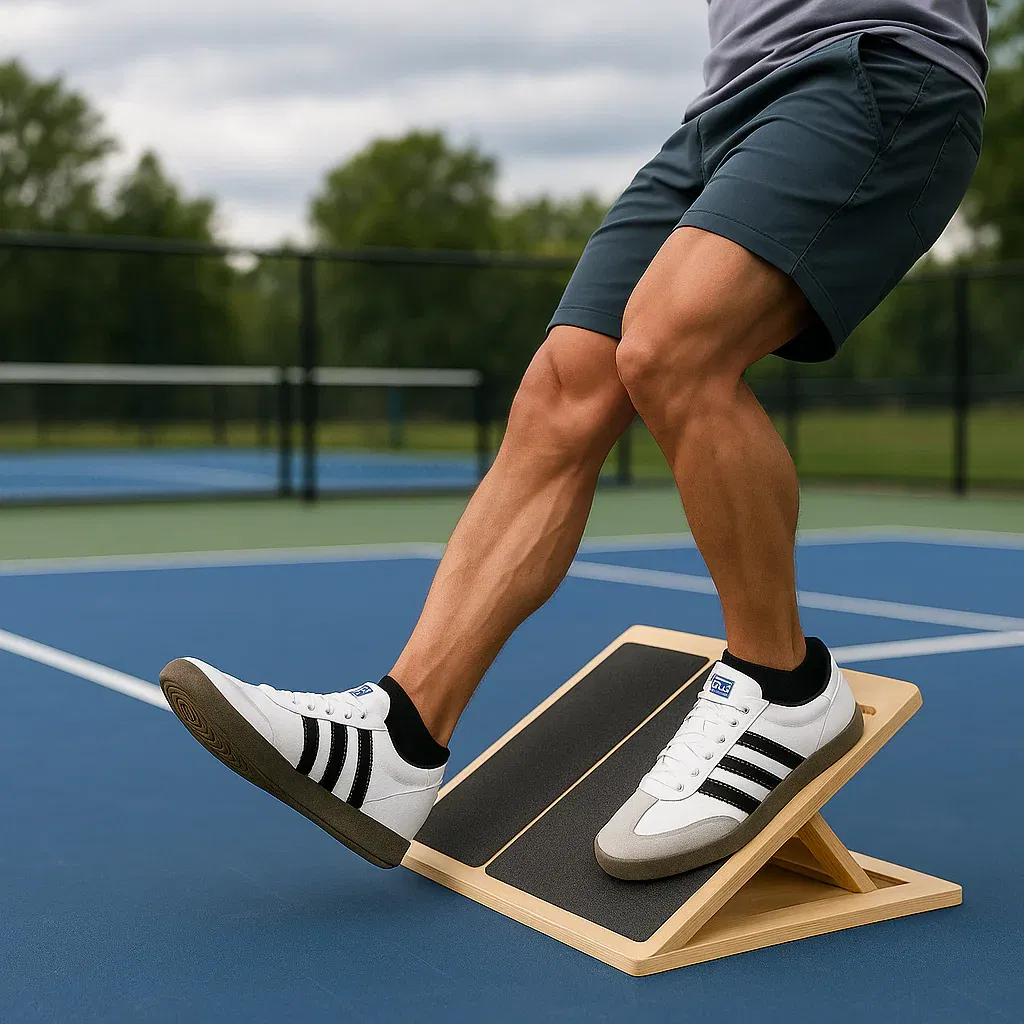
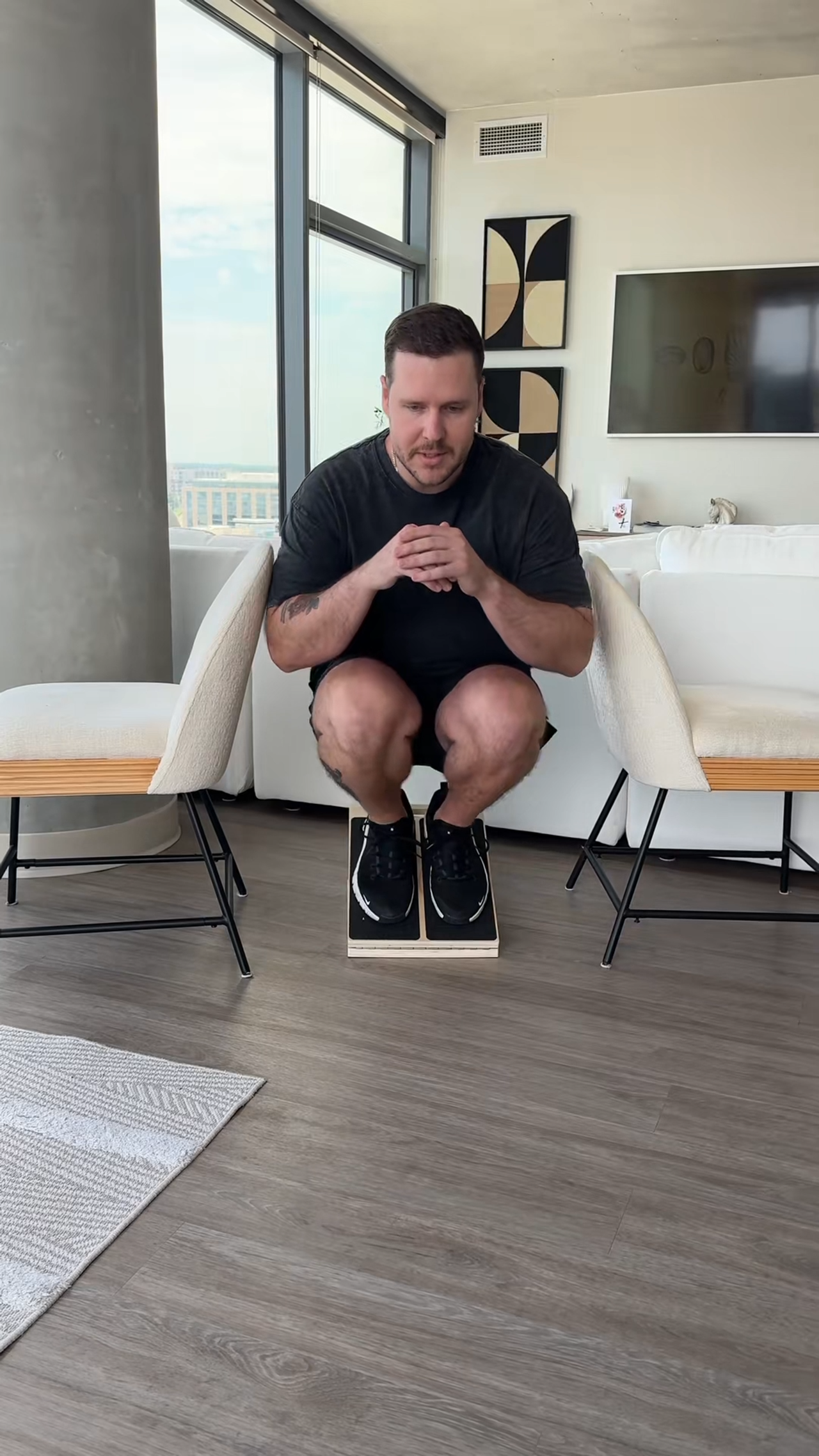




By Dr. Jim Helgas
Last Updated June 4, 2025
Most adults are slowly losing strength and mobility in their legs… and they don’t even realize it’s happening.
As a physical therapist, I’ve seen how this plays out again and again — not with a major injury, but with slow, subtle changes most people brush off.
You feel a little stiffness after sitting.
Your knees crack going up the stairs.
You avoid deep bends without even thinking about it.
At first, it feels harmless.
But over time, those small changes lead to something bigger:
Your joints move less. Your legs stop absorbing force properly. And your knees start picking up all the slack.
What makes this so tricky is that most people don’t associate those early signs with decline.
They think it’s normal aging. They think they need to stretch more.
Or worse — they do nothing, and just hope it doesn’t get worse.
The truth is, if you’re not actively training the muscles and joints that protect your knees… you’re slowly setting them up to fail.
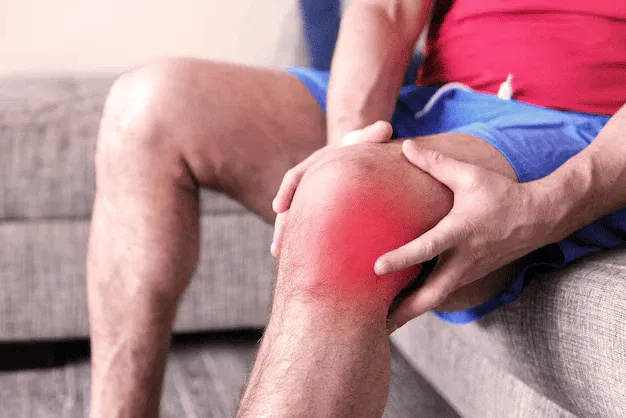
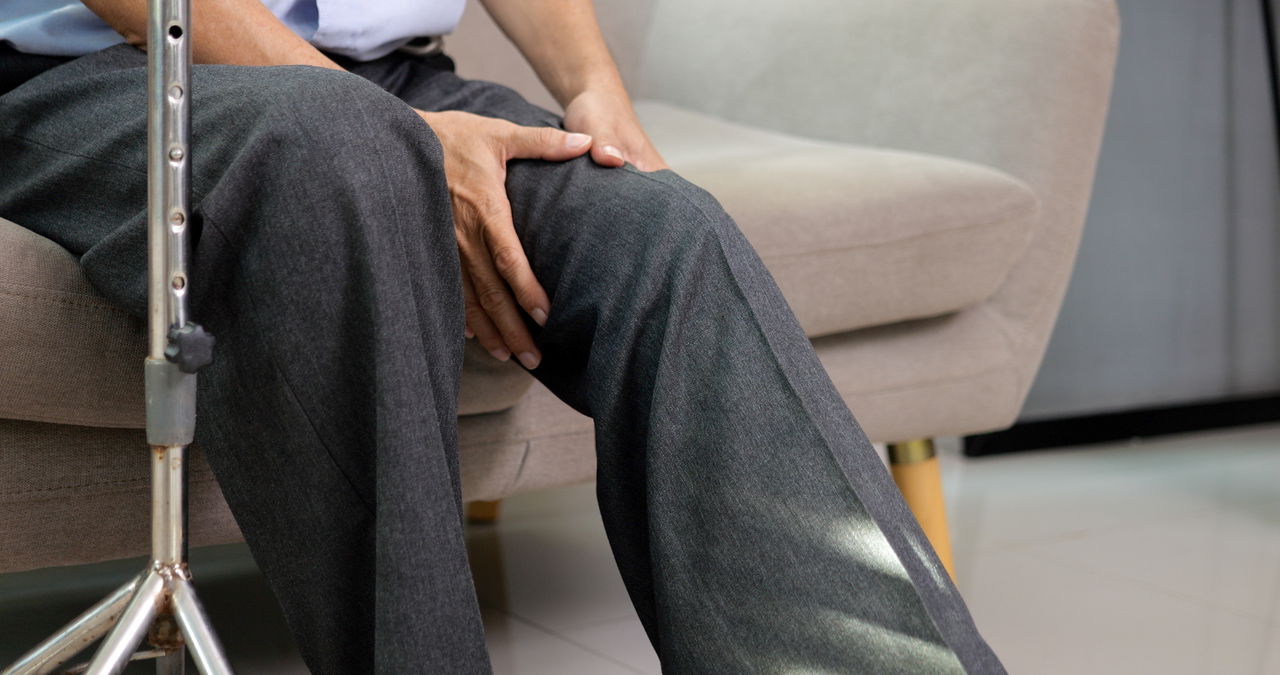
Knee pain rarely starts in the knees themselves.
In most cases, it’s a symptom of weakness and tightness elsewhere — especially in the legs.
When your quads, calves, and hips aren’t doing their job, your knees are left to handle more force than they were built for.
And without strong muscles to stabilize and absorb that force, your joints take the hit — step after step, day after day.
It’s not about age.
It’s not about wear-and-tear.
It’s about undertraining the areas that were meant to protect your knees in the first place.
If you’ve ever felt discomfort going downhill, tightness after sitting, or instability during basic movement — this is likely the reason.
And if you haven’t felt any of that yet, building strength now is one of the best ways to make sure you don’t.
The frustrating part is — most people dealing with knee pain think they need to stretch more, rest more, or just avoid movements that bother them.
But the real solution is often the opposite:
You don’t need less movement — you need the right kind of movement.
Movements that build strength where it matters, restore control around the joint, and gently retrain the body to handle force without pain.
And you don’t need hours in a gym or an intense rehab protocol to make it happen.
In fact, some of the best results I’ve seen have come from short, consistent routines done from home — as long as they target the root cause: undertrained, unsupported knees.
The key is making those movements accessible, safe, and something people can stick to. That’s where the setup matters.
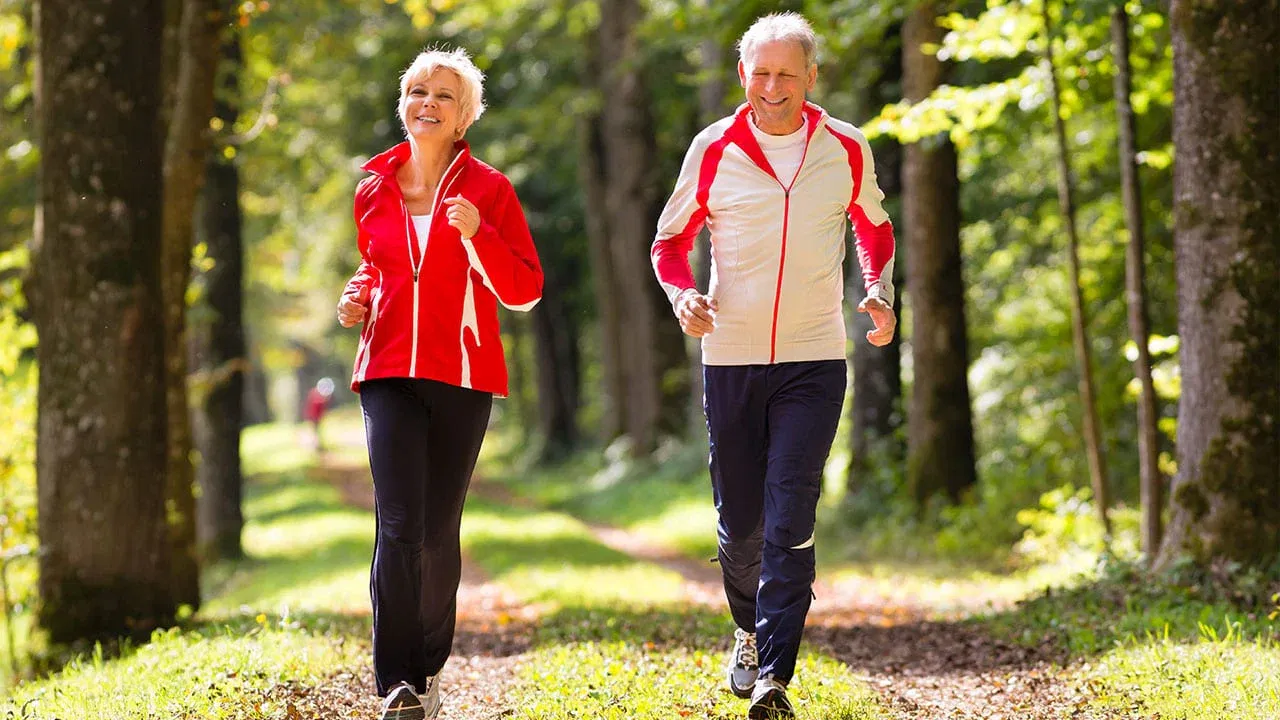
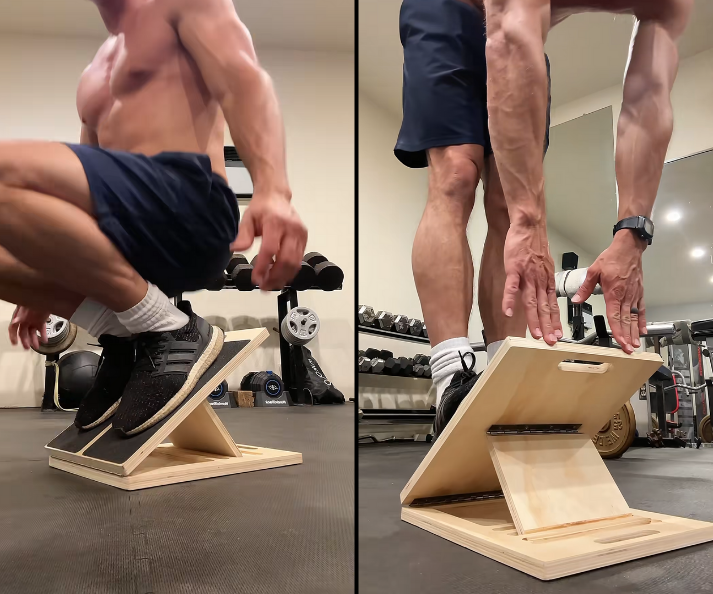
Most people don’t need entirely new movements — they just need to adjust how they’re doing them.
By slightly changing the angle — elevating your heels during a squat, or your toes during a calf raise — you shift the load away from your knees and toward the muscles that are supposed to handle it.
Suddenly, the same movement that felt uncomfortable becomes smooth, stable, and pain-free.
This isn’t about working harder or doing more reps.
It’s about setting your body up to move the right way, so your joints aren’t constantly taking the hit.
That’s the power of the right angle. It’s what turns basic movements into a form of therapy for your knees — instead of a source of stress.

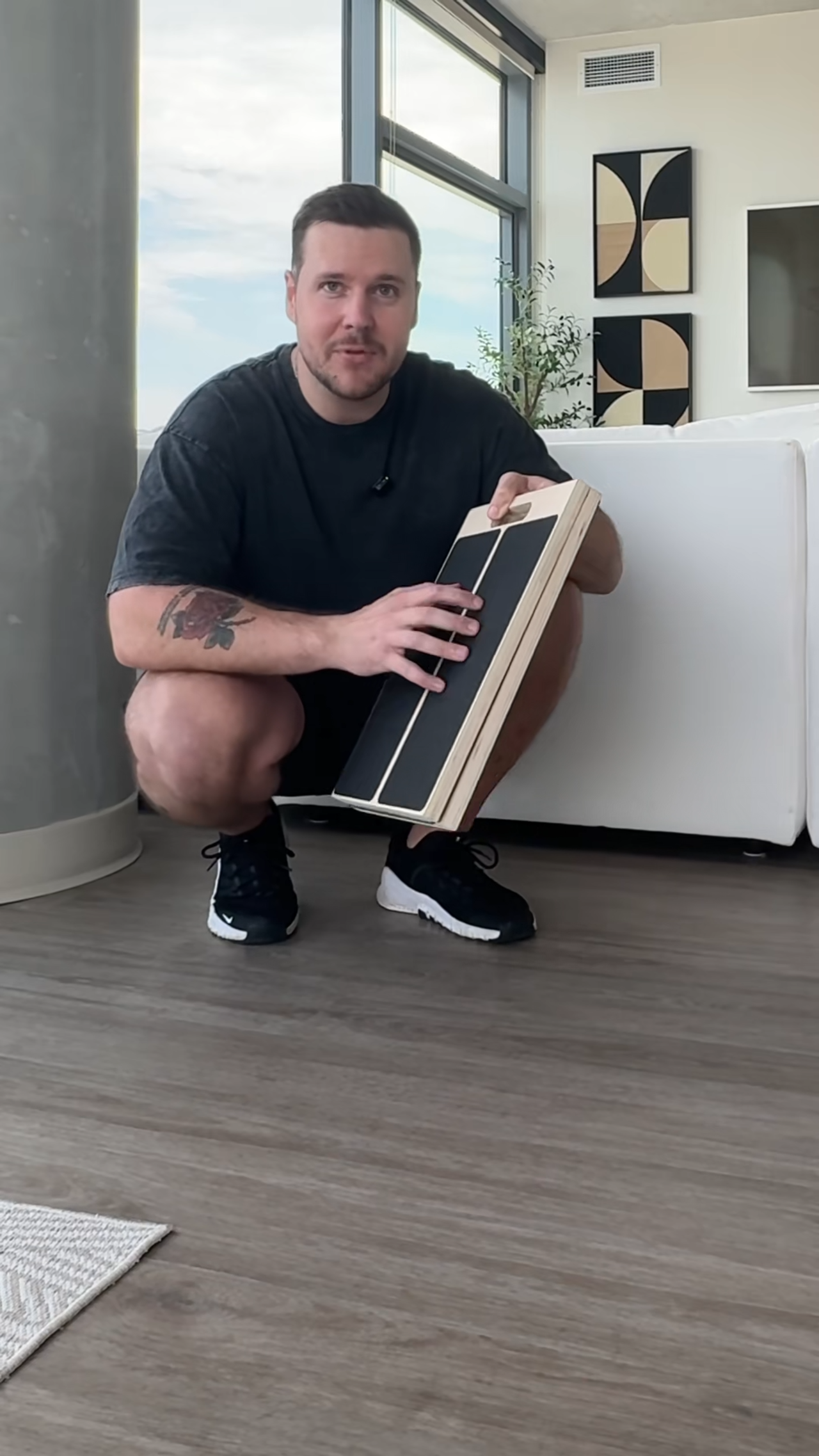
Once you understand how much difference the angle makes, the next question is: how do you consistently create that setup at home?
I’ve seen people try stacked books, blocks, or random gym equipment — and it usually ends in frustration or injury risk.
The Flexwell slant board fixes that.
It gives you the exact elevation you need — safely, reliably, and without guesswork.
And unlike most slant boards that are stuck at one fixed angle, Flexwell is fully adjustable, which means:
You can start low and increase gradually
You can switch between heel- and toe-elevated positions in seconds
You get more mileage out of one tool as your strength improves
It’s compact, stable, and built to support real bodyweight and load — exactly what I look for when recommending something to a client.
If you’re looking for a way to protect your knees, train smarter, and actually stick to a routine… this is the setup I trust.
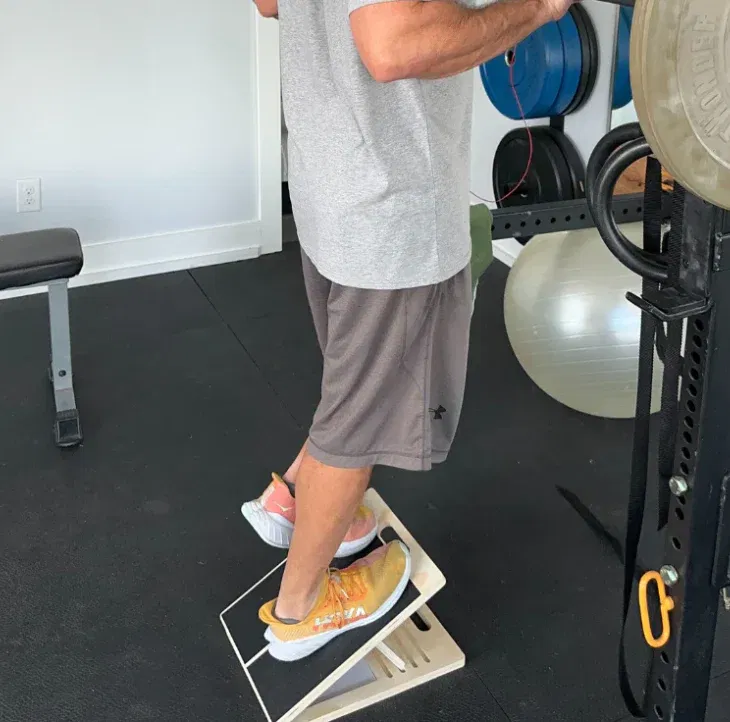

When I recommend a product to a client, it’s not because it looks cool or went viral.
It’s because it solves a real problem — and does it better than anything else I’ve tested.
This setup checks every box I look for:
It guides your body into the right angles for safe, effective movement
It reduces strain on the joints while increasing strength and control
It’s adjustable, compact, and built to last
Most importantly, it helps people take control of their lower body health without needing to rely on a gym, trainer, or complicated program.
That’s why I use it myself — and why I recommend it to clients of all ages.
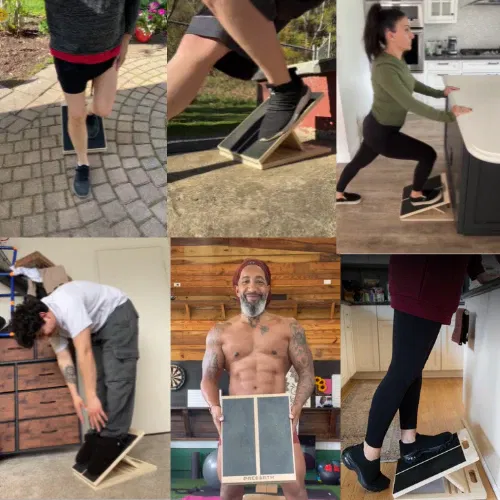
You don’t have to take my word for it.
Over 100,000 adults have added this routine to their weekly habits — many of them starting from scratch after years of doing nothing.
Some were just tired of feeling tight or stiff. Others wanted a way to stay mobile as they got older — without going back to a gym or overcomplicating things.
And many simply wanted a routine they could actually stick to.
From inactive adults just getting started again, to people who’ve always considered themselves “pretty active” — this routine is working.
It’s simple, accessible, and built around the way your body is supposed to move.